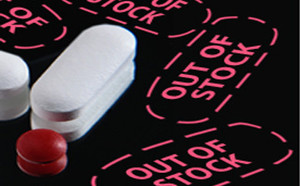Comparison of the route to market generics and brand-name drugs was discussed by Dr Lewek and Dr Kardas in their recent research paper on the benefits and risks of generic substitution.
The literature search and meta-analysis carried out by the Polish researchers included, 47 studies (38 of which were randomised controlled trials), covering nine subclasses of cardiovascular medications [1].
Manufacturers of both brand-name and generic medications are required to submit detailed evidence of the chemistry, manufacturing, controls, labelling, and testing processes for their products. However, after this, brand-name and generic medications take different paths to market.
Originator drugs
New originator drugs must undergo rigorous animal and human studies, including large randomised controlled trials comparing the efficacy of the new product with that of a placebo and carefully tracking side effects. In addition, bioavailability testing is required by the FDA for all new drug applications.
Generic drugs
For generic drugs, on the other hand, an abbreviated new drug application may be submitted to the FDA, and bioequivalence studies are then sufficient.
Bioequivalence
The bioequivalence studies required for a new generic are based on pharmacokinetic parameters, most notably, the area under the plasma concentration curve (AUC)—a measure of overall drug exposure—and the maximal plasma concentration (Cmax). If AUC and Cmax are within an acceptance range (0.80–1.25 of the brand-name product parameters), the therapeutic equivalence of the generic drug is accepted.
According to the WHO, 18 to 20 healthy patients are sufficient for bioequivalence studies. Concurrent medication, smoking and standardised meals are also used in order to avoid intersubject variability and bias.
Critics of generics point out that, since they are tested on only a few young, healthy individuals, the bioequivalence trials may not reflect what happens in the ‘real world’. When generics are taken by patients with actual illnesses, concurrent use of other medications, medical conditions, and the like may result in differences in treatment that did not occur in the highly controlled environment in which the bioequivalence studies were conducted.
The fact that generic drugs do not have to undergo the large, expensive clinical trials that are required for approval of brand-name drugs gives rise to questions about the quality and safety of generics. However, in this research the authors conclude that for most patients taking most medications, generic substitution is not a problem.
Related articles
The benefits of generic substitution
Benefits and risks of generic substitution
Reference
1. Lewek P, Kardas P. Generic drugs: the benefits and risks of making the switch. J Fam Pract. 2010;59(11):634-40.








 0
0











Post your comment